Monday, June 27 2016
In case you hadn't heard the exciting news... Garrett recently introduced three new detectors in the ACE series— the 200, 300 and 400! Each of the new ACE detectors include Digital Target ID—a large, 100-digit target information display for better target identification—as well as a more robust audio package, and stem locks for additional strength and stability. With the great pricing and features, it's no wonder that all three detectors have proven to be fast movers as soon as they hit the market!
It's healthy to take a break once in a while from the office, the grind, and the daily pressure— especially with great weather and long hours of daylight. Grab your metal detector and get out there— wherever your “there” might be. Take your detector along on a camping trip or on your next hike. And don't forget coin shooting in the park (kids love it!). You never know when you might encounter some long-forgotten site that’s just waiting to be hunted by YOU! Summer is the perfect season for metal detecting and the ideal time to unwind and search for your next great find! Good luck hunting! Wednesday, May 04 2016
GoldRushTradingPost.com is off-line and the office is closed until June 20, 2016. We sincerely apologize for the inconvenience. During the temporary closure, the website cannot accept orders, and no customer service will be available via email or phone. Once we are back in the office on June 20, it's business as usual. We appreciate your understanding. Thank you! Sunday, April 03 2016
This year's Gold Prospecting and Mining Summit will be at the El Dorado County Fa Event admission is $5 and parking is also $5. Kids under 12 are free with a paid adult. Gold panning is available for children, as well as a free scavenger hunt. Food and drinks available for purchase. RV camping available at the fairgrounds or choose a nearby hotel. In addition, there will be an Ask The Experts booth staffed with experts in panning, detecting and mineral processing. Bring your questions! There's a suggested donation of $2 (with all proceeds going to Public Lands for the People) but a donation is certainly not required!
Lecture Schedule:
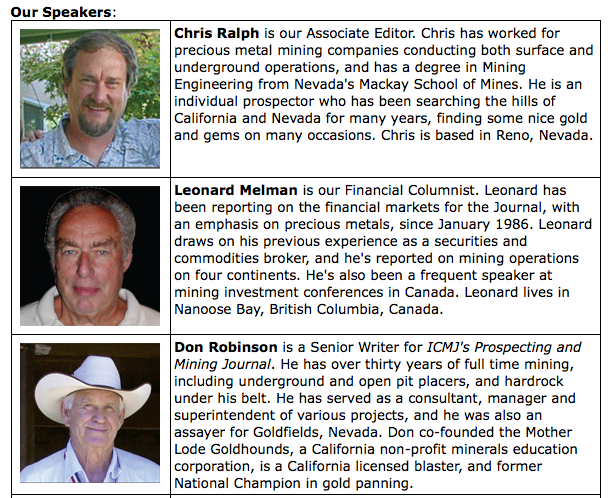
Get all the details of ICMJ's 2016 Mining Summit here. While in Placerville, you might also want to check out these other nearby activities:
Monday, February 01 2016
A drywasher is a machine that uses air, vibration, and static electricity to effectively separate gold from waste Drywashers are operated by shoveling gold-bearing gravels into an upper box which is covered with a screen. The larger rocks that are too big to pass through the screen slide off. Gravel small enough to go through is fed down into the lower gold recovery box, which is an inclined trough with cross riffles much like a sluice. The bottom of the recovery box consists of a thin, light-weight porous cloth. Beneath the riffle box is a blower that pulses air up through the cloth. The vibrations and air flow, combined with the shaking and classifying action of the dry washer allows the gold to settle to the bottom where it is captured in the riffles. With weather experts forecasting the strongest El Nino in half a century, dry washing should be very lucrative this winter. After being dry for so long, the predicted flash floods and high water events will replenish previously "worked out" areas. After all, nothing moves gold like water! Heavy rains and strong winds will cause erosion and mudslides that in turn move sands, gravel, rocks and even large boulders. The greater the volume and velocity of the water, the larger the gold and the further distance it will be moved until the water slows and the gold settles. As the fast-moving water eventually slows, "new" gold that has been unearthed will drop out of suspension and settle where it may, creating a layer of flood gold on or close to the surface. If El Nino is as strong as predicted, you'll find gold on the surface and maybe only 8 or 10 inches down, which means a lot less digging. Following a flash flood, you’ll often see black sand on the surface because it didn’t have enough time to work its way down. This clue tells you to do a test pan. You can dry pan or carry a little water. Test panning is a good idea even if the ground itself is too wet to drywash just yet. It’s never too wet to classify and prep the material to dry out in the sun! Once the floods are over and the dirt dries out, take advantage of the conditions and get out there with a drywasher. And when you do, keep these tips in mind:
NOTE TO CALIFORNIA PROSPECTORS: At a time when California legislators have refused to issue suction dredge permits to miners, dry washing may soon be the only unregulated activity left in the Golden State! With the new state-wide restrictions under Senate Bill 637 on the use of high bankers and suction dredges, some prospectors are starting to find a lot of gold deposits using dry washers in the California Mother Lode country. Good luck! Shop for a drywasher here and enjoy FREE SHIPPING in the Lower 48 on $350 purchases! Nugget of News Blog Monday, January 04 2016
Whether young, old, or somewhere in the middle, the shows offer something for everyone and provide the best opportunities to learnnew skills, see product demos, and rub elbows with some of the most respected miners and metal detectorists in the business! Mark your calendars and we'll see you there! Tuesday, December 01 2015
With the weather turning colder, you might think you're done prospecting 'til next summer, but you don't have to be! Even if you're not a regular snowbird heading to a warmer climate for the next few months, Gold mining in the desert is especially enjoyable if you're not into crowds— the desert can be delightfully smog free and people free in the winter. Experts say there is just as much gold waiting to be taken out of the desert as there is commonly found in streams and rivers. Why? Well, throughout history the desert mines just never got the publicity that wet places like California's Mother Lode did, so fewer prospectors went there. Plus, back in the day, mining used to be harder in dry conditions. Luckily that's no longer true if you have the right equipment.
• Metal detecting is another great way to hunt for gold in the desert. Gold detectors are not necessarily higher in cost, but they are built with a higher sensitivity to detecting gold nuggets, and have better ground balancing and • A bonus of prospecting in the desert is the abundance of interesting rocks. You can find many unusual rocks and semi-precious gems such as tourmaline, turquoise, agate, jasper, and more. Lapidary shops can cut and polish the rocks for you, or buy your own rock tumbler and lapidary tools and learn a new hobby. This winter, consider extending your gold-getting season with a prospecting trip to a sunnier, warmer state. Good luck and have fun! Wednesday, October 28 2015
By now you’ve probably heard that climatologists are predicting that the winter of 2015-2016 will be unusual because of “El Niño.” An El Niño weather pattern is a periodic warming of the central and eastern equatorial Pacific "There's no longer a possibility that El Niño wimps out at this point. It's too big to fail," Bill Patzert, a climatologist for NASA's Jet Propulsion Laboratory, told the LA Times. "And the winter over North America is definitely not going to be normal." Most farmers and ranchers in the West are hopeful that these predictions are correct, especially those in California and other states that have been plagued by years of drought. Gold miners are generally hopeful because lots or rain and flooding moves gold around and re-deposits it. While terrible property damage can occur, depending on the severity of the storms, flooding can cause the renewal and reformation of pay streaks and refill crevices with gold. If flooding does move around some gold over the winter, there will be great opportunities in many Western gold-bearing areas come next spring and summer! The consensus of many experts is that El Niño will persist through winter 2015-2016, before weakening, as most of these weather patterns typically do, in spring 2016. Mike Halpert, the deputy director of the Climate Prediction Center, said this El Niño is the second strongest he's seen at this time of the year. "The atmospheric response to the equatorial sea-surface temperature anomalies, measured by their atmospheric ENSO index (AEI), is the strongest event since at least 1948," said Dr. Todd Crawford, chief meteorologist at WSI, the professional division of The Weather Company. According to NOAA (National Oceanic and Atmospheric Administration is a federal agency focused on the condition of the oceans and the atmosphere), the winter of 1997 was the second warmest and seventh wettest on record. Severe weather included flooding in the southeast and California, an ice storm in the northeast, and tornadoes in Florida. During that winter, Oklahoma had some its warmest temperatures and wettest weather. Of course California miners didn’t advocate for the destruction caused by the floods, but they were pretty happy with the resulting redistribution of gold in rivers and areas that previously had been “played out.” Mother Nature has a way of replenishing gold! Looking at past moderate-strong El Niño, here are the predictions for temperatures and precipitation from late fall 2015 through spring 2016 across the country: Wetter: Southern U.S. from California to the Carolinas then up parts of the East Coast Drier: Parts of the Ohio Valley, Great Lakes, Northwest and Northern Rockies Cooler: Desert Southwest, Southern Plains, northern Gulf Coast Warmer: Northern tier of states from the Pacific Northwest to the Northern Plains, Great Lakes, and Northeast The scientific evidence for El Niño seems strong right now, but it’s still a little bit early to say for sure about the strength of the upcoming storm patterns. Still, if you’re planning your prospecting trips and activities for the next six months, you might want to consider the potential golden bonanza an El Niño might bring! Thursday, September 24 2015
This detector comes with an 11-inch elliptical Bi-Axial searchcoil for maximum detection depth in mineralized soils. An accessory bundle for the T2 includes a smaller coil, backpack, hat, and more is also available (additional charge). This machine is light weight and the best balanced of any high-performance metal detector, so you can hold and swing it almost effortlessly. The armrest position is adjustable to fit your arm. The grip is durable high-friction foam elastomer, comfortable in any kind of weather. The controls are conveniently located and easy to learn how to use. Locking collars on the tubes eliminate rattling. The entire menu is always visible on the LCD display. The LCD display indicates the electrical signature (Target-ID) of the detected metal object. The display provides continuous information on battery condition and on ground mineralization, which affects detection depth. Help messages are automatically displayed on the lower right corner of the display when necessary. A great benefit of the Teknetics T2 is that it is easier to learn to use properly than other comparable metal detectors. A few of its best features inclue:
The T2 is powered by four AA alkaline batteries, which will typically last for more than 40 hours of use before needing replacement. The lead engineers on the design team were John Gardiner, firmware engineer, and David Johnson, whose expertise is behind many of the best-known high-performance metal detectors offered by major U.S. manufacturers for the last 26 years. 5 year manufacturer warranty from First Texas Products, LLC. Most metal detectors, like the Teknetics T2, use VLF Induction Balance technology. Here’s how it works: The searchcoil (also called search head or loop) contains two electrical induction coils which are like antennas. One coil transmits a rapidly alternating magnetic field, illuminating the region surrounding the searchcoil. If metal is present, its electrical conductivity distorts the magnetic field. If iron metal is present, its magnetism also distorts the magnetic field, but in a different way, allowing the metal detector to distinguish between ferrous and nonferrous metals. The other coil is a receiving antenna which detects changes in the magnetic field caused by the presence of metal. Electronic circuits amplify this weak signal, analyze it to determine the changes which occur as the searchcoil sweeps over the target, and then convey the information to the user in the form of a visual display or audio tones. Most modern metal detectors perform many of these tasks in software running on an internal microcomputer. The iron minerals which are present in most soils also distort the magnetic field, obscuring the weak signals of small or deep objects. This can cause the object to go undetected, or to be misidentified when it is detected. Much of the technology that goes into modern metal detectors is devoted to the task of eliminating the unwanted signals from iron minerals in the soil, while not losing the signals from metal objects. If you're considering a multi-use detector that's ideal for relic hunting, coin shooting, and gold prospecting, learn more here about Teknetics T2 Metal Detector and/or download the operating manual. Sunday, August 30 2015
When you consider the advantages of beach mining with a highbanker— easy access in all seasons, no • Good luck and have fun! Monday, July 20 2015
As you read this, water levels in many Western states will be at their lowest of Gold sniping, also called crevicing or cracking, is basically cleaning out cracks and crevices in and around bedrock— areas that were submerged for many, many years but are accessible during times of drought. These areas have the potential to trap and retain gold. After visually determining the best places to snipe (more on that later), all you need are a few simple tools for collecting and panning the high-grade material from those cracks. Basic, yet effective! When normally rushing rivers and streams are reduced to a trickle and boulders and bedrock are exposed, you won’t need a wet suit or snorkel, only some waders. The boulders can still be very slippery, though, so keep that in mind when crossing waterways. Most snipers do use a mask and snorkel and wetsuit. In addition, the basic tools for sniping include a plastic gold pan, long stainless steel tweezers, snuffer bottle, plastic vials, pry bars to loosen jammed-together rocks, a garden trowel or similar tool to dig behind boulders, and a bucket. A hand dredge or nugget sucker can really come in handy, too. The first step in prospecting, of course, is to stop by the appropriate BLM or Forest Service office to determine where you can recreationally hunt for gold. You don’t want to accidentally trespass on someone else’s claim. Once you’re there, visually study the river and think about all the areas that gold might be hiding. Loose flakes or nuggets of placer gold are much heavier than the surrounding sand and gravel, therefore, the dense metal gradually works its way downward and collects in seams in the bedrock. The inside bends of rivers tend to be good collection spots because the water slows there, allowing the heavier sands and metals to collect in and around anything that obstructs its path. Try investigating the exposed underwater root systems of any trees found along the bank, too. These act as natural gold traps. Large boulders offer opportunities as well. It's best to snipe on the downstream side of these monoliths since the back eddies occurring there sometimes pull gold and other heavy materials out of the passing current and force them to settle.
When you need a break from getting your feet wet (or the rest of you), panning along the bank or using a gold vacuum in the dry material along the shoreline can be lucrative. When the water level is low, plants, logs, and smaller rocks that used to be below the waterline are now visible. Gold might have collected around these obstructions when they were under water, but no one thinks to look here because they’re now in plain sight and almost too obvious. What others miss could be your bonanza! Bigger is not always better. With most mining operations, the more dirt you move, the more gold you get. As difficult as drought conditions are for farmers, ranchers, and many others, prospectors can use the low water levels to our advantage. Now is the time to work potential bedrock hot spots that could never be reached in normal years. Summer won’t last long, so get out there and get your share of the gold… sniping is just one more mining method that could have you yelling “Eureka!” |
|
Nugget of News Blog |






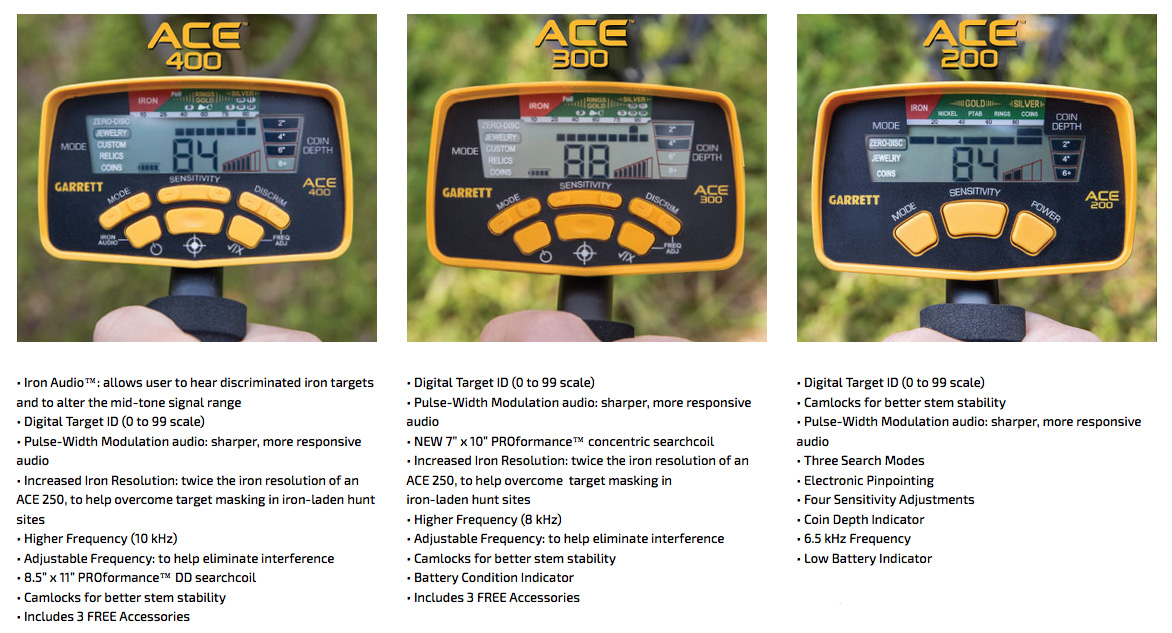
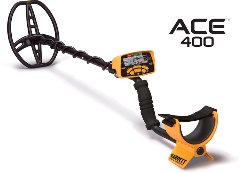
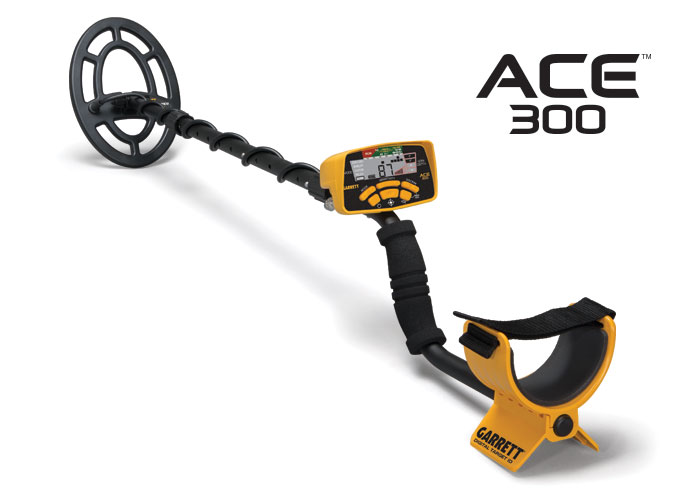
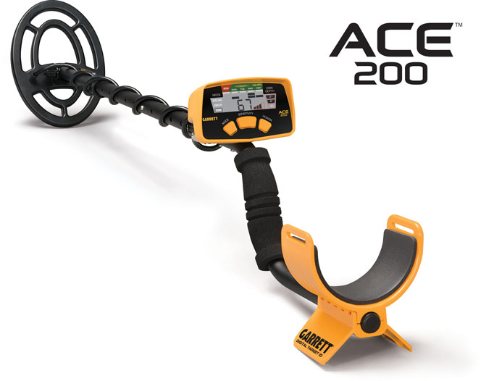
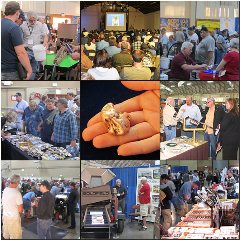
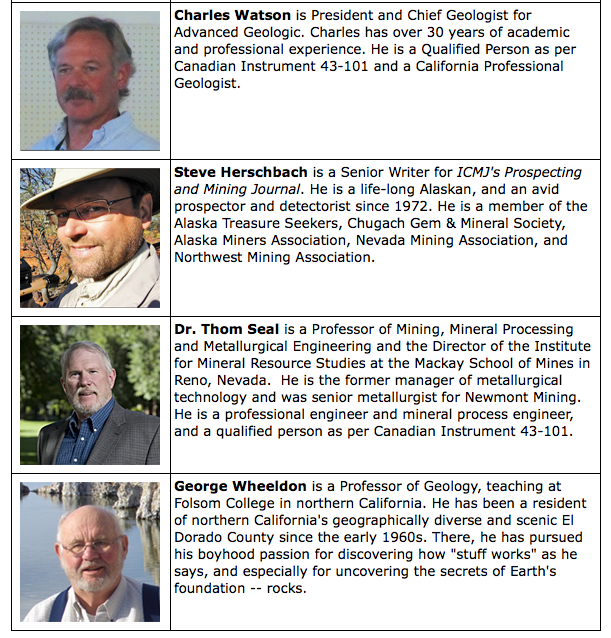
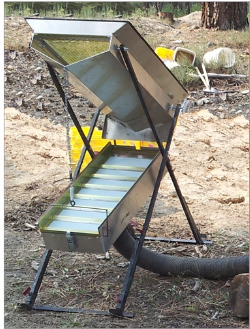
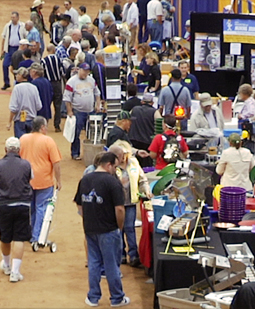 If you’ve been thinking that mining for gold, metal detecting, or rockhounding seem like exciting hobbies you and your family would like to start, or if you've been doing it for years and just want to find out what's new in the industry, then make plans this spring to attend a Gold Prospectors Association of America (GPAA) Gold & Treasure Show and/or the 2-day ICMJ Prospecting & Mining Summit.
If you’ve been thinking that mining for gold, metal detecting, or rockhounding seem like exciting hobbies you and your family would like to start, or if you've been doing it for years and just want to find out what's new in the industry, then make plans this spring to attend a Gold Prospectors Association of America (GPAA) Gold & Treasure Show and/or the 2-day ICMJ Prospecting & Mining Summit.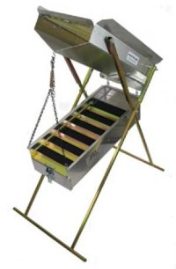
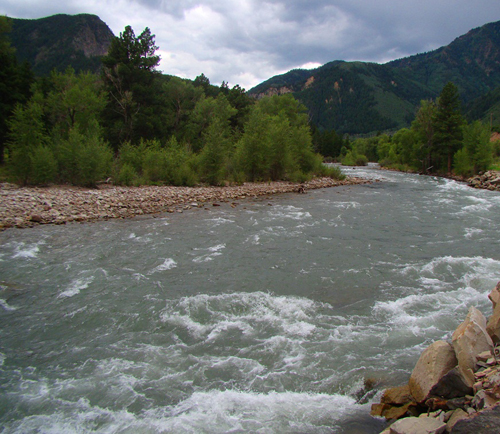
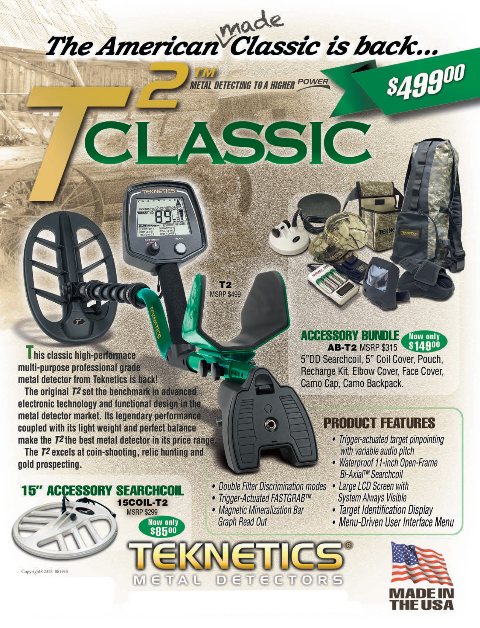
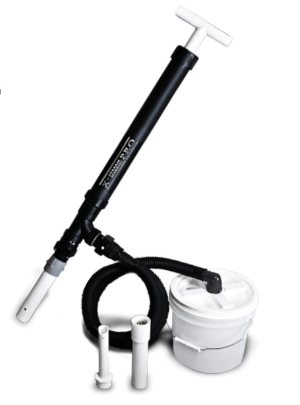 If you’re sniping underwater, float on the water with your mask and snorkel, going downstream with the current. Look for crevices below the waterline that are reachable. When you locate a likely spot, remove the loose sand that commonly fills crevices in the bedrock. “Fan” away the sand and lighter debris with your hand, then use a pry bar or other
If you’re sniping underwater, float on the water with your mask and snorkel, going downstream with the current. Look for crevices below the waterline that are reachable. When you locate a likely spot, remove the loose sand that commonly fills crevices in the bedrock. “Fan” away the sand and lighter debris with your hand, then use a pry bar or other 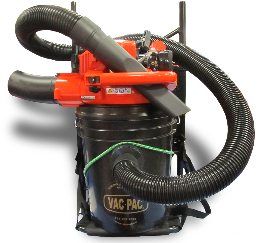 Sniping is about the little things— working smaller areas very thoroughly. Perhaps the most pleasurable thing about sniping is its simplicity. You can hike in and get away from the crowds, and enjoy some peace and quiet and lovely scenery. It is a cool way to spend a hot summer day, and if you have patience and really learn to read the stream, you will find more and more gold using this method. If you’re new to gold sniping, you also might want to search YouTube for videos showing snipers in action.
Sniping is about the little things— working smaller areas very thoroughly. Perhaps the most pleasurable thing about sniping is its simplicity. You can hike in and get away from the crowds, and enjoy some peace and quiet and lovely scenery. It is a cool way to spend a hot summer day, and if you have patience and really learn to read the stream, you will find more and more gold using this method. If you’re new to gold sniping, you also might want to search YouTube for videos showing snipers in action.